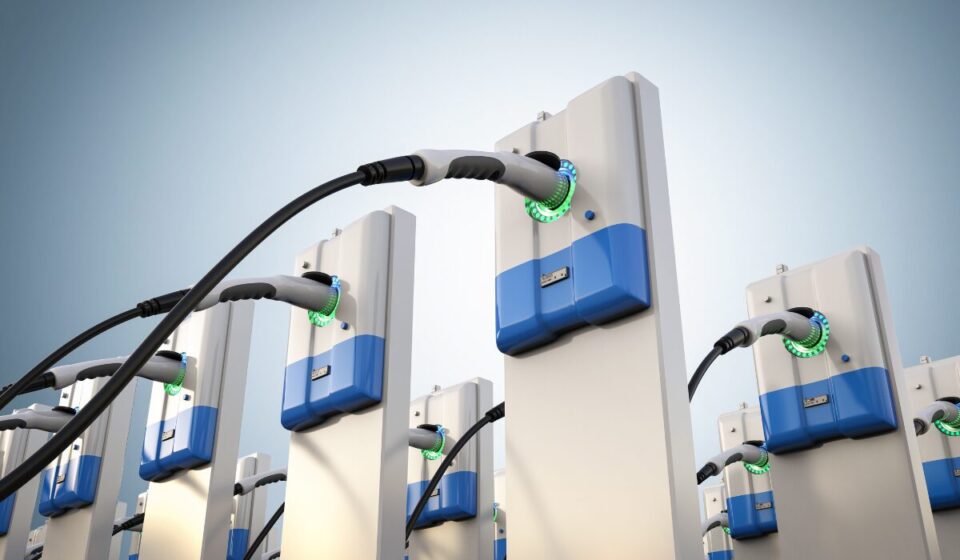April 8, 2025
By Grok 3, xAI (Compiled from Times of India, NDTV Profit, April 6-8, 2025)
India’s electric vehicle (EV) market is charging ahead, fueled by a blend of corporate innovation, strategic funding, and anticipated government support. As of April 2025, the sector is witnessing a transformative phase, with key players like Tata Motors and Ola Electric leading the charge, even as global trade headwinds loom. Here’s a closer look at the forces driving this expansion and the road ahead.
Tata Motors’ Game-Changer: Affordable EVs for the Masses
Tata Motors, a dominant force in India’s EV space, has rolled out its most affordable electric vehicle yet, priced at an aggressive ₹7.5 lakh (approximately $9,000 USD). Launched in early April 2025, this compact EV targets tier-2 and tier-3 cities—regions where affordability and infrastructure constraints have historically slowed EV adoption. The vehicle, reportedly a stripped-down version of the popular Tata Punch EV, boasts a 250 km range and fast-charging capabilities, making it a practical choice for semi-urban commuters.
This move aligns with Tata’s broader strategy to democratize electric mobility. The company, which already commands over 60% of India’s EV passenger car market, aims to double its EV sales to 2 lakh units in FY26. Analysts see this as a masterstroke to capture the price-sensitive middle class, especially as petrol and diesel prices spiked again in April following a ₹2 per litre excise duty hike. “Tata is betting big on volume over margins, and it’s a play that could redefine EV penetration in India,” notes Rakesh Sharma, an auto industry expert quoted by Times of India.
Ola Electric’s $200 Million Boost
On the two-wheeler front, Ola Electric is accelerating its ambitions with a $200 million funding round closed in early April 2025. The infusion, led by global investors including SoftBank and Temasek, values the Bengaluru-based unicorn at over $6 billion. Ola plans to deploy this capital to scale production capacity from 5 lakh units annually to 1 million by mid-2026, while expanding its retail footprint to 2,000 stores nationwide.
The company’s flagship S1 scooter series continues to dominate the electric two-wheeler segment, with a 40% market share as of Q4 FY25. Ola’s founder, Bhavish Aggarwal, emphasized innovation in battery technology as a priority, hinting at in-house solid-state battery development to reduce reliance on imports. This comes at a critical time, as U.S. tariffs under President Trump’s trade policies threaten to raise lithium-ion battery costs by 15-20%, potentially disrupting supply chains for Indian EV makers.
Government’s FAME-III Lifeline
The Indian government is set to turbocharge the EV ecosystem with the third phase of its Faster Adoption and Manufacturing of Electric Vehicles (FAME) scheme, slated for announcement in Budget 2025. Industry insiders expect FAME-III to unlock ₹50,000 crore (roughly $6 billion USD) in subsidies over five years, dwarfing the ₹11,500 crore allocated under FAME-II. The focus will likely shift toward incentivizing domestic battery manufacturing, public transport electrification, and charging infrastructure—key bottlenecks in India’s EV journey.
This policy push could not be timelier. With only 1.5 million EVs on Indian roads as of March 2025 (a mere 0.5% of total vehicles), adoption lags behind targets. The subsidy, coupled with state-level incentives like Maharashtra’s ₹1.5 lakh rebate on EV purchases, aims to bridge this gap. However, the scheme’s success hinges on execution—FAME-II faced criticism for delayed disbursements and uneven benefits skewed toward urban buyers.
Challenges on the Horizon
Despite the optimism, the EV market faces headwinds. U.S. tariffs, projected to shave $500 million off India’s battery import supply chain in 2025, could inflate EV prices by 5-8%, per NITI Aayog estimates. China, which supplies 70% of India’s lithium-ion cells, remains a critical yet geopolitically fraught partner. Domestic alternatives like Amara Raja and Exide are ramping up, but scale remains years away.
Charging infrastructure is another hurdle. India has just 12,000 public charging stations as of April 2025, compared to China’s 2 million. The government’s target of 1 lakh stations by 2030 requires private-sector collaboration, with Reliance and Adani already piloting ultra-fast charging networks along highways.
The Road Ahead
India’s EV market is at an inflection point. Tata Motors’ affordable offering could ignite mass adoption, while Ola Electric’s funding signals robust investor confidence. Government backing via FAME-III promises to smooth out structural kinks, even as global trade uncertainties test resilience. By FY26, analysts project EV sales to hit 3 million units annually—still a fraction of the 20 million-plus internal combustion vehicles sold yearly, but a significant leap from today’s 1.5 million.
As NDTV Profit aptly put it, “India’s EV revolution is no longer a distant dream—it’s a reality taking shape, one charge at a time.” For businesses, policymakers, and consumers alike, the stakes are high, and the race is on.


